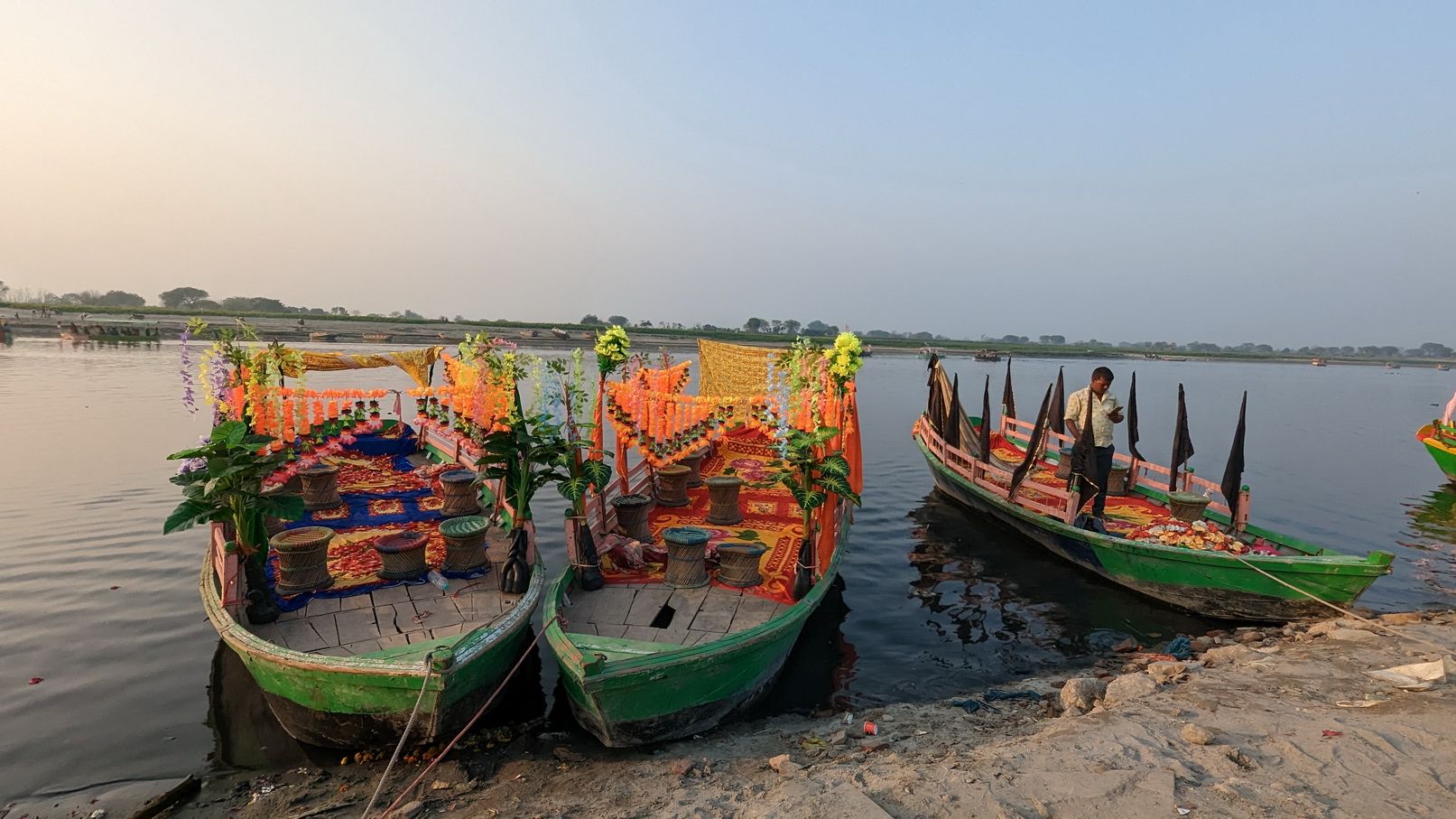Vrindavan Sanjhi , " In the footsteps of Radha and Krishna" — part 1
A rare form of ephemeral painting known as sanjhi developed in the temples of Mathura and Vrindavan in the 17th century, becoming an integral part of Vaishnavite religious traditions. According to an ancient belief, almost all the temples in this region used to practice this votive art.

